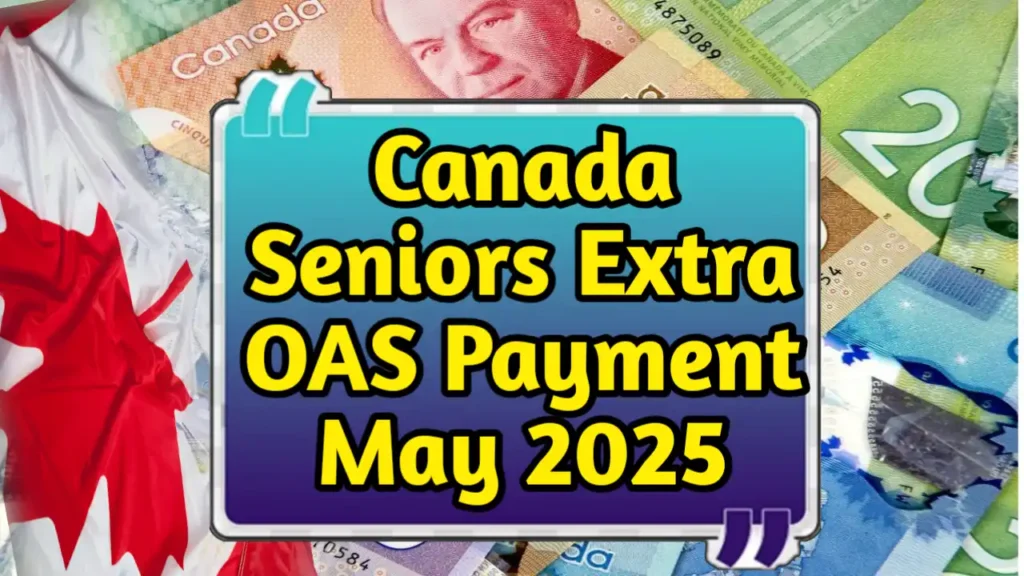$400 Stimulus Checks to Be Delivered to 450K – Know Eligibility & Payment Dates In 2025, as inflationary pressures continue to strain household budgets across the country, the announcement of a targeted $400 stimulus check to be delivered to approximately 450,000 individuals has drawn widespread attention. While this payment is not part of a nationwide stimulus initiative, it reflects a state-level or targeted local relief program meant to support specific groups that have been financially vulnerable due to rising living expenses or economic recovery delays.
Such programs have become more common in recent years as states and municipalities use leftover pandemic-era funds or budget surpluses to assist residents in need. The $400 stimulus check, in this context, is part of a broader economic relief effort focused on certain populations—often low-income households, seniors, caregivers, or frontline workers—who continue to face financial challenges in 2025.
This article provides a complete breakdown of who qualifies for the payment, how the money will be distributed, what the expected timelines are, and how to check your eligibility and payment status.
What Is the $400 Stimulus Check?
The $400 stimulus check is a one-time payment intended to offer financial support to individuals and families in select regions or qualifying categories. This check is not part of a federal stimulus package like the pandemic-era economic impact payments, but rather a targeted payment either from a state government, tribal authority, or special program aimed at a specific population segment.
According to recent announcements, about 450,000 people are expected to receive this benefit. The checks are being issued to offset the rising cost of living, provide relief to vulnerable groups, and support those still recovering from economic disruption. Payments will be made through direct deposit or mailed paper checks, depending on how recipients have submitted their information.
The intention behind these checks is to provide timely aid—not a long-term solution, but a financial cushion to help with essentials such as groceries, fuel, utilities, and housing.
Who Is Eligible for the $400 Stimulus Check?
Eligibility for the $400 stimulus check depends on the specific rules established by the agency or government issuing the funds. While the criteria vary slightly by location, most programs issuing these payments follow similar patterns when identifying eligible recipients.
Likely Eligibility Categories:
- Individuals or households earning below a certain income threshold
- Recipients of SNAP, TANF, or other public assistance programs
- Seniors receiving state pensions or low-income support
- Low-wage workers in specific industries (e.g., health care, education, retail)
- Residents of specific geographic areas covered by the program
- Caregivers or unpaid family members supporting disabled dependents
In some cases, applications are not required, and eligible individuals are identified automatically using state benefit databases or tax records.
Income Limits and Criteria (Estimated)
Eligibility usually depends on income level and family size. Here is a general example of income limits that might apply:
| Household Size | Maximum Annual Income for Eligibility |
|---|---|
| 1 Person | $30,000 |
| 2 People | $40,000 |
| 3 People | $50,000 |
| 4 People | $60,000 |
Exact numbers may vary depending on your state or local program guidelines. It is important to check your eligibility using official program websites or announcements.
How and When Will the Payments Be Made?
Payments are expected to be distributed in mid to late 2025, depending on processing and budget approval timelines. The disbursement will occur in phases and may vary by region.
Here is a general estimate of how payments may be issued:
| Payment Method | Expected Delivery Timeframe |
|---|---|
| Direct Deposit | Within 2–3 weeks of approval |
| Paper Check | Within 4–6 weeks of approval |
| Prepaid Card | Within 5–7 weeks |
If you have previously received government benefits by direct deposit, you are likely to receive this stimulus check through the same method. If not, a paper check may be mailed to your registered address.
To avoid delays, it is essential to ensure your personal and banking details are current with the issuing agency.
How to Check Your Eligibility and Payment Status
To verify whether you qualify and to track your payment status, follow these general steps:
- Visit the official website of your state’s Department of Human Services or Revenue Department.
- Look for updates or news regarding the $400 stimulus or relief check.
- Use the eligibility tool (if provided) to input your income, household size, or benefit status.
- For existing benefit recipients, log in to your online account to check payment updates.
- Contact your local welfare office or helpline if you need further assistance.
Official communication will also be sent via SMS or email for those already enrolled in public benefit systems.
Common Reasons You May Not Receive the Payment
While the payment targets 450,000 people, some may not qualify due to various reasons:
- Income exceeds the defined threshold
- You’re not a resident of the eligible region or state
- Your information is outdated or incorrect
- You’re not enrolled in qualifying public programs
- You did not meet the application deadline (if applicable)
If you believe you qualify but haven’t received the payment, reach out to your local government office or customer care number listed on official websites.
FAQ
Q1. Who is eligible for the $400 stimulus check?
Eligibility varies by region, but most programs include low-income households, seniors, and public assistance recipients.
Q2. Do I need to apply for this payment?
In many cases, no application is needed if you’re already enrolled in a qualifying program. Otherwise, check local announcements.
$400 Stimulus Checks to Be Delivered to 450K – Know Eligibility & Payment Dates
The $400 stimulus check being delivered to 450,000 individuals in 2025 represents a targeted economic relief measure focused on those who need it most. While not a universal benefit, this payment is part of a growing trend of localized or state-funded initiatives aimed at bridging the gap for low-income families and individuals facing economic hardship.
It is important for eligible recipients to stay updated through official government channels, keep their information current, and act quickly if any application or verification is required. As more states adopt similar measures, this form of targeted support may become a regular feature of economic recovery and social protection programs.






